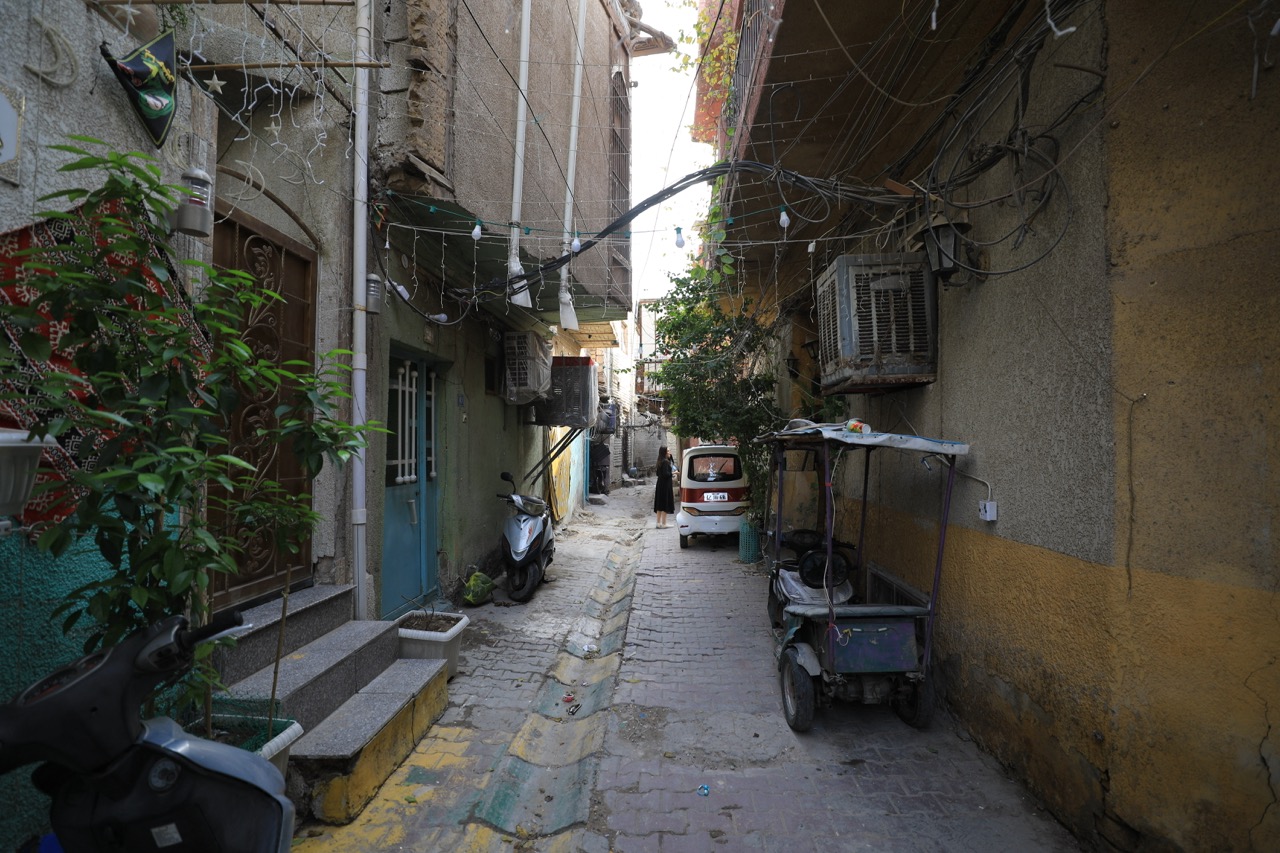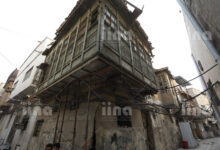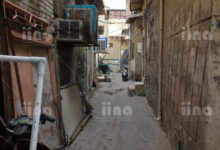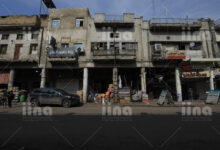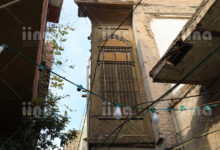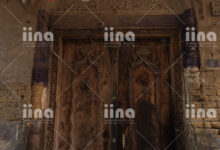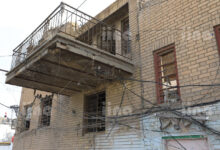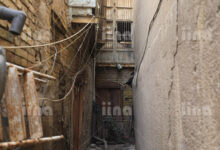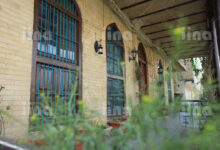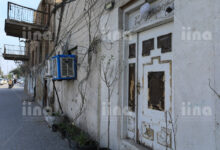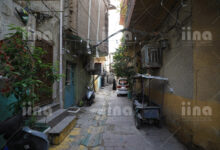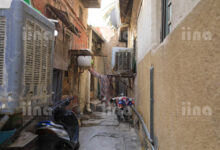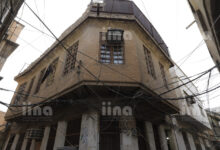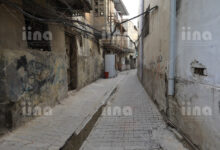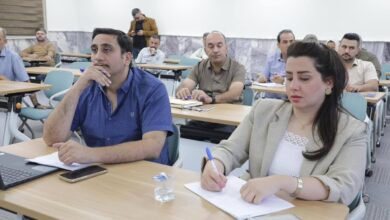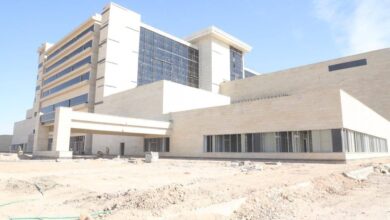Al-Fadl neighborhood is named after a mosque established near the tomb of Fadl ibn Sahl ibn Bishr al-Shafi’i, a preacher from Baghdad who passed away in the year 548 AH. Al-Fadl is considered to be one of the neighborhoods of ancient Baghdad. It is located on the side of Al-Rusafa, which was established by Abu Ja’far al-Mansur on the eastern side of the Tigris River.
The area has been home to many well-known artists, intellectuals, and ministers. The area is inhabited by Iraqis with modest backgrounds. In recent decades, the Al-Fadl area has witnessed the migration of many families who have long histories there, as life has evolved and modern residential areas have emerged.
Similarly, Al-Shawaka area is also an ancient Baghdadi neighborhood that was and still is a commercial center visited by many due to the diversity of its goods, as well as its historical significance. Today, only traces of wooden house doors, brick houses, and the characteristics of the Baghdadi neighborhood remain from this area. The houses have a distinctive Baghdadi urban style, decorated with mashrabiyas and engravings.
The area was named Al-Shawaka after the thorns and firewood veins that used to come from the outskirts of Baghdad across the river and were used as fuel for bakeries. Its residents today demand its inclusion in the World Heritage List due to its historical significance in the city of Baghdad.
The accessibility from Al-Shawaka to the Tigris River allows the residents to go to the fish markets where they can buy fish and fishing equipment.
Today, most of the buildings suffer from neglect and are threatened with collapse.
- Published: 2nd April, 2024
- Date Taken: 25th March, 2024
- Location: Al-Shawaka & Al-Fadl district
- Country: Iraq
- Editor: Elika Bozorgi
- Photographer: Firas Hamid Karim
- Category: Heritage

